 7
7
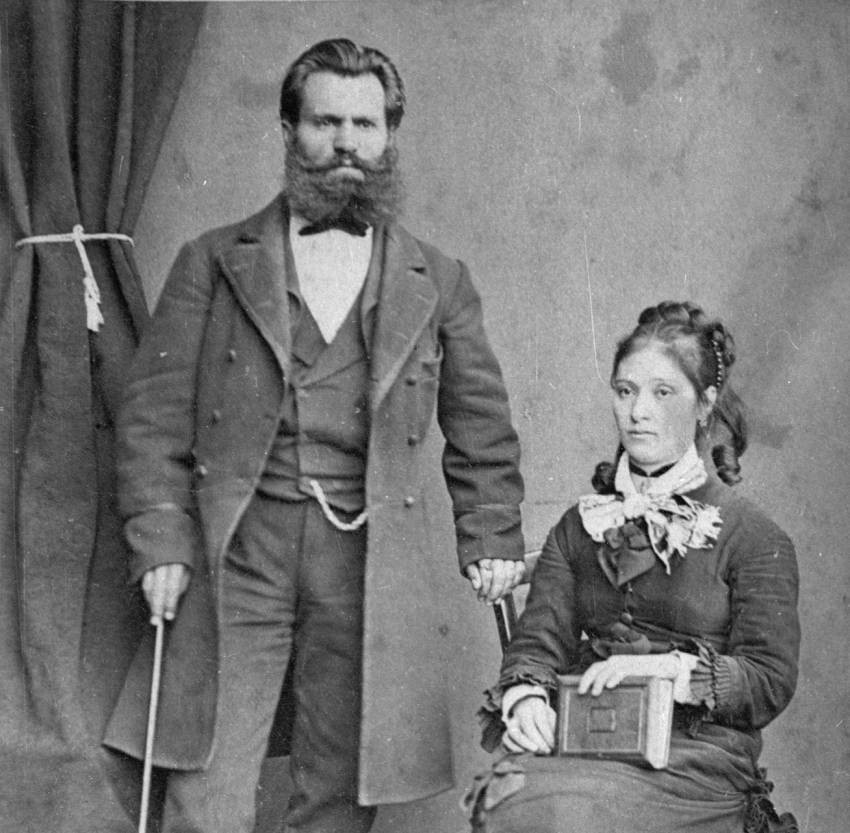
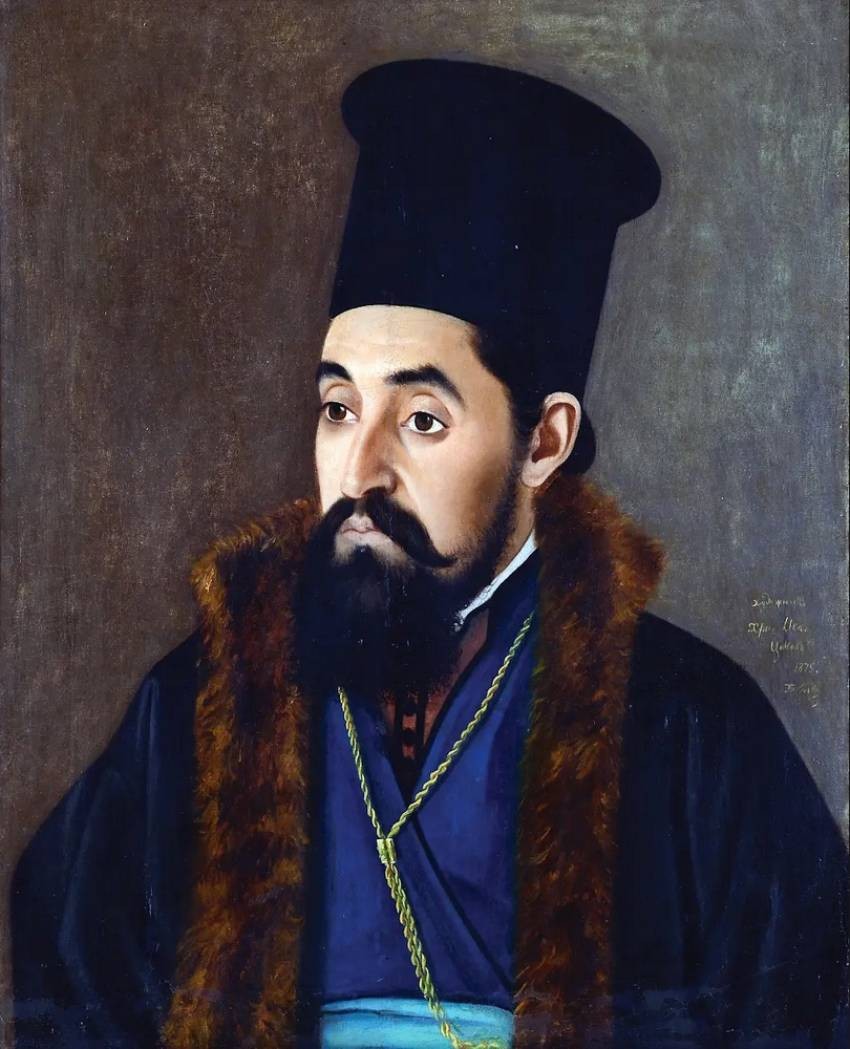
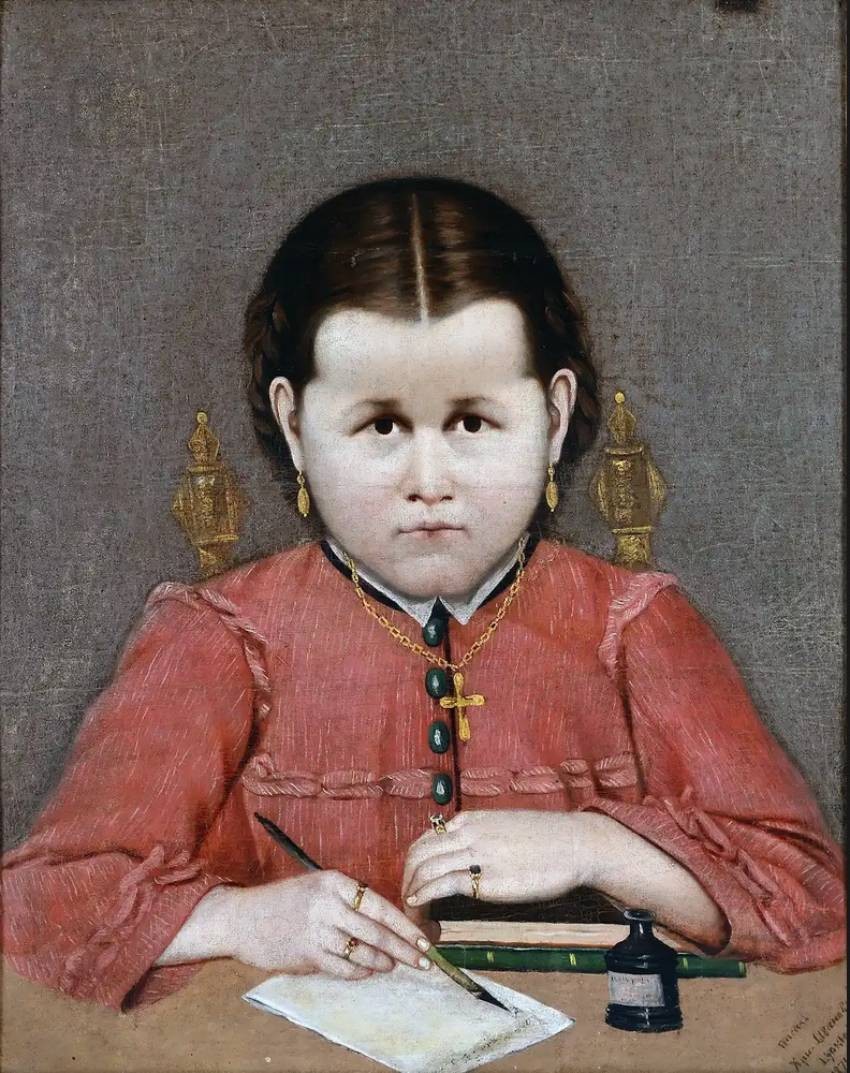
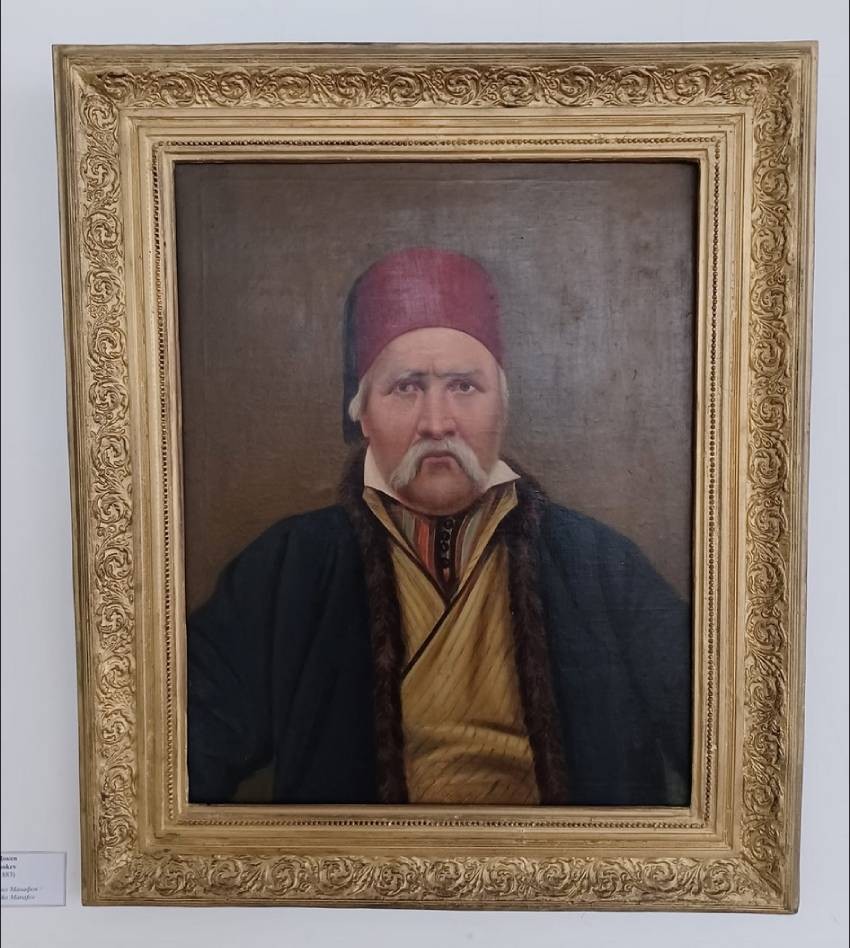
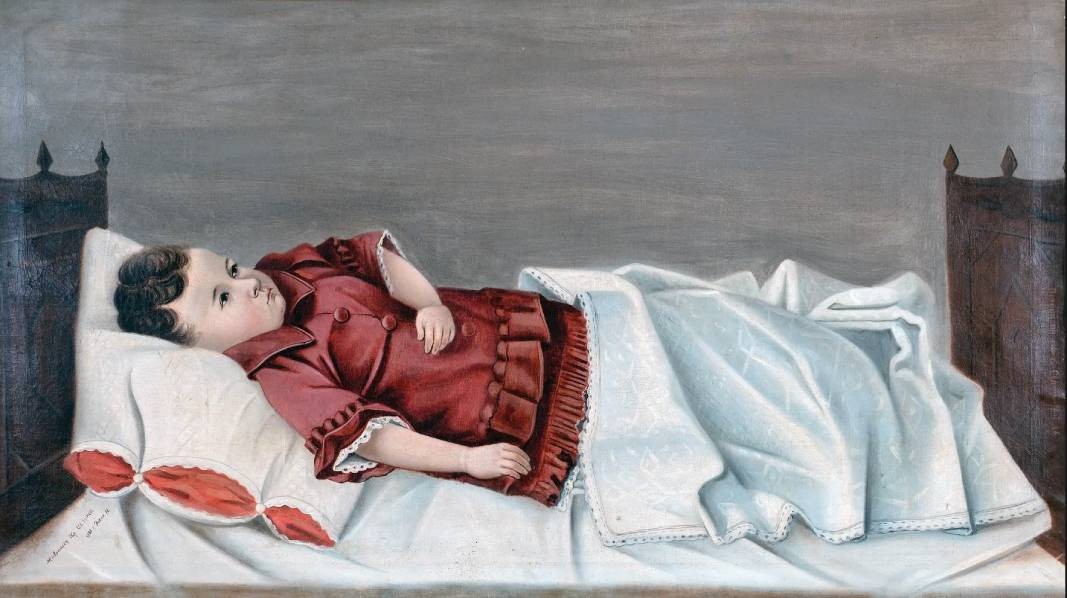
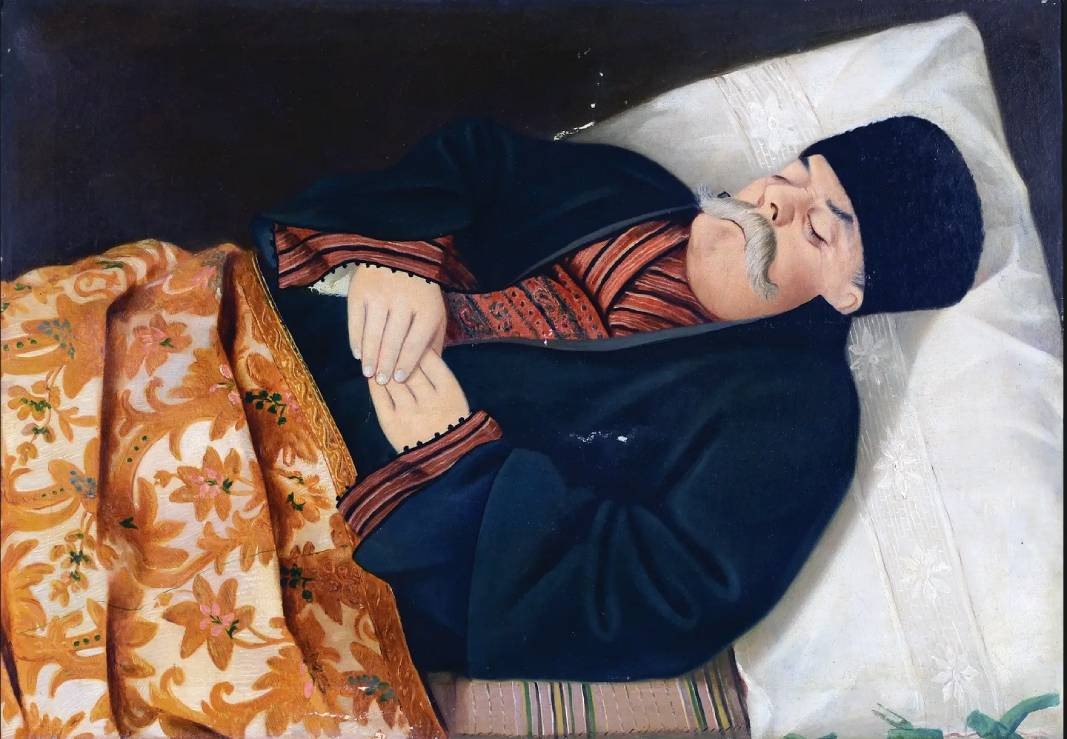
The 64th edition of the international music festival "March Music Days" begins today in Ruse. It will last until 31 March. Twenty-three concerts, ranging from Renaissance and Baroque to contemporary music and jazz , will be performed by elite..
"Shhhh... It's time for cinema" - this is the motto for the next two weeks as Sofia becomes the cinema capital of Europe . The 29th edition of the largest cinema forum in the Balkans - the International Sofia Film Fest (SFF) opens tonight in Hall No. 1..
What is the impact of digital technologies on the arts, and can theatre, by shifting its core paradigms, continue to offer its unique experience to audiences while pushing them beyond the limits of their own perceptions? Can it take them into realms that..

+359 2 9336 661
